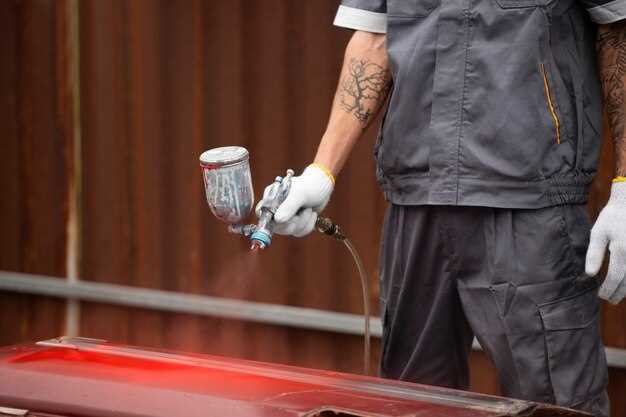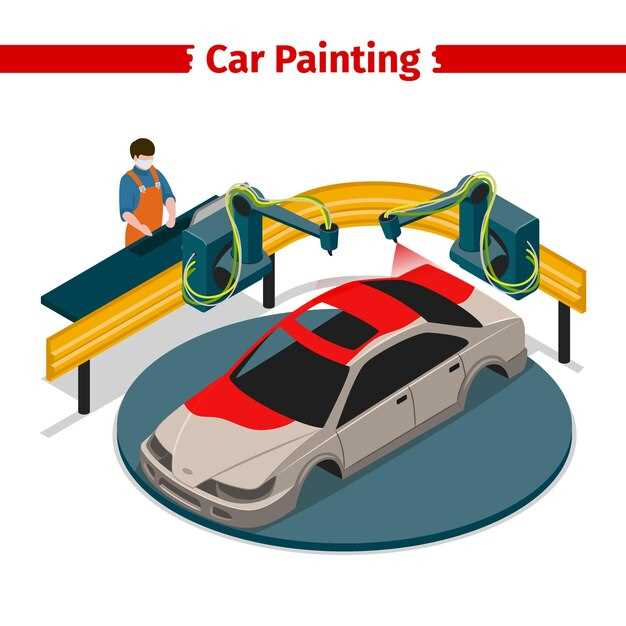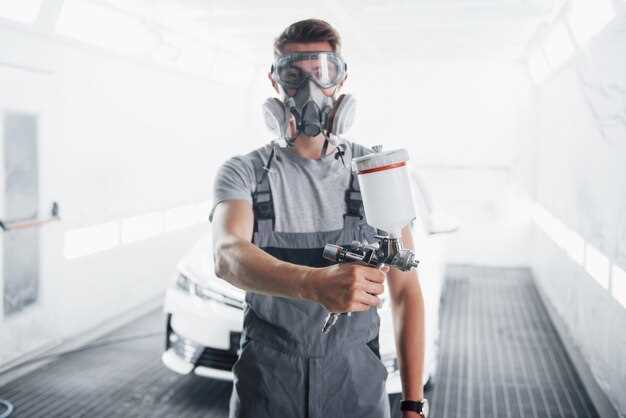
When it comes to enhancing the aesthetic appeal of a vehicle, a quality paint job plays a pivotal role. However, the costs associated with car painting can vary significantly depending on a multitude of factors. In this article, we delve into the intricacies that dictate the expenses incurred in automotive repainting, offering a comprehensive understanding for car owners looking to invest in this service.
One of the primary considerations influencing the cost is the quality of materials used in the painting process. Premium paints and finishes can substantially elevate the overall price but often yield superior durability and a more striking appearance. Additionally, the choice between single-stage and multi-stage paint systems can add complexity and cost to the project, making it essential for car owners to assess their preferences and budget carefully.
Another critical factor is the condition of the vehicle itself. If extensive bodywork or preparation is necessary prior to painting, such as repairs to dents, rust treatment, or surface smoothing, these additional services will naturally increase the total cost of the paint job. Furthermore, the size and type of the vehicle also play a significant role in determining expenses–larger vehicles or those with intricate designs typically require more materials and labor, leading to higher prices.
Understanding the Impact of Paint Type on Pricing

The choice of paint type significantly influences the overall cost of a car paint job. Various factors related to the paint itself, such as quality, durability, and finish, play a crucial role in determining the price. Understanding these aspects can help car owners make informed decisions when selecting a paint option.
One of the primary considerations is the quality of the paint. High-quality paints are typically more expensive but offer enhanced durability and a longer lifespan. These paints often contain advanced formulations that resist fading, chipping, and damage from environmental factors. In contrast, lower-quality paints may have a shorter lifespan and require more frequent touch-ups, ultimately leading to higher costs over time.
Types of automotive paint also vary widely, impacting pricing. For instance, traditional enamels are often more affordable but lack the depth and shine of modern options such as urethanes or two-stage paints. Urethane paints, known for their durability and glossy finish, tend to be pricier due to their advanced chemical composition. Furthermore, specialized paints such as metallic, pearl, or matte finishes usually command a premium due to their unique effects and application processes.
The application method also affects pricing. Some paints require more intricate application techniques, which can increase labor costs. For example, a multi-stage painting process involving a base coat and clear coat generally incurs higher labor charges compared to a single-stage application. Additionally, the skills required for applying specialty paints can result in increased labor expenses.
Another aspect to consider is color selection. Custom colors or finishes can significantly raise the cost of a paint job. This is due to the additional mixing and preparation time needed to achieve a specific hue, along with possible added costs for pigments. In contrast, standard factory colors tend to be more affordable due to their widespread availability and lower labor requirements for matching.
In conclusion, the type of paint chosen for a car directly impacts the total price of a paint job. Quality, application method, and color selection are all significant factors that contribute to the overall cost. Understanding these components allows car owners to align their budget with their desired outcomes, ensuring they achieve the best possible finish for their vehicle.
Labor Costs: What Determines the Price of Service?
Labor costs are a significant component of the total expenses associated with a car paint job. Several factors influence these costs, including the skill level of the technicians, the complexity of the work, and the location of the service provider.
The skill level and experience of the painters directly affect labor rates. Highly skilled technicians with extensive training and experience command higher wages due to their expertise and ability to deliver superior results. Additionally, specialized skills, such as custom paintwork or restoration, further increase labor prices as they require advanced techniques.
The complexity of the painting process also plays a critical role in determining labor costs. A straightforward job, such as a single-coat repaint, typically requires less time and fewer labor hours than more intricate projects that involve multiple layers, detailed designs, or the need for extensive bodywork repairs. Each additional step adds to the overall labor time and, consequently, the cost.
The location of the service shop can influence labor rates as well. In metropolitan areas, where the cost of living is higher, labor prices tend to be elevated compared to rural regions. The demand for automotive services in a particular area also affects pricing; regions with high demand may see increased rates due to the competitive market.
Lastly, the overhead costs of the shop, including rent, utilities, and equipment maintenance, can contribute to the overall labor prices. Shops that invest in high-quality tools and equipment typically pass these expenses onto their customers, which can impact labor costs. Understanding these factors can help car owners make informed decisions when budgeting for paint jobs.
How Vehicle Size and Complexity Affect Overall Cost

The size and complexity of a vehicle play significant roles in determining the cost of a paint job. Larger vehicles, such as SUVs and trucks, typically require more materials and labor than smaller cars. This increase in surface area directly influences the amount of paint needed, leading to higher material costs. Additionally, the labor involved in prepping and painting larger vehicles usually takes more time, further adding to the overall expense.
Complexity in vehicle design also affects painting costs. Vehicles with intricate curves, multiple panels, or additional features like spoilers and side skirts demand specialized techniques and more detailed work. Such features require meticulous attention during the painting process to ensure even coverage and a flawless finish. As a result, the labor costs are elevated due to the skill and time required to achieve a high-quality outcome.
Furthermore, multiple layers of paint and clear coat may be necessary for larger or more complex vehicles to ensure durability and aesthetic appeal. This not only increases the material costs but also lengthens the time required for the paint job to cure properly. Ultimately, both size and complexity contribute to a more extensive preparation process, higher material usage, and increased labor hours, all of which culminate in a higher overall cost for the paint job.

